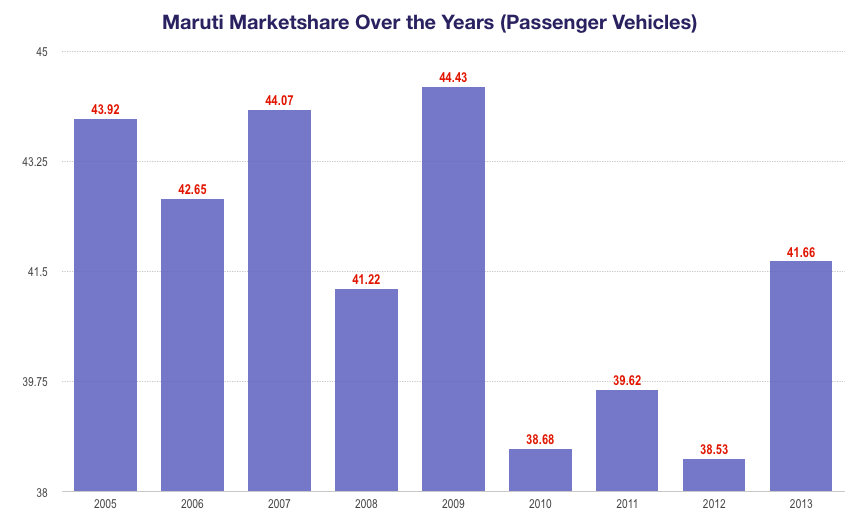What makes the sharemarket tick
Post on: 16 Март, 2015 No Comment

Knowing what may trigger panic on the sharemarket will help you to prepare for it better. Picture: Getty Source: Getty Images
UNDERSTANDING what makes the sharemarket tick is vital for investors
World sharemarkets have been an absolute roller-coaster over the last two weeks the Dow Jones index in the US has had some huge falls which have sent shock waves around the financial world, then followed by some stabilising gains.
It’s been a bit scary after last year’s 25 per cent gain on the Dow and 16 per cent rise on the Australian market. There was the distinct impression the globe’s financial wellbeing was on the rise and the good times would continue to roll.
At a glance, it looked like someone had shot the bull that markets have been riding the past 12 months. We don’t think that’s the case but it still pays to take a minute to review any sharp sell-offs in case the longer-term trend is changing.
The first thing to look at is the specific event or piece of data that triggers a crash. In this case, markets started diving after a weaker than expected private survey of Chinese manufacturers not a big economic deal in itself, but enough to tilt the concerns over China and emerging markets into frantic territory.
When the trigger isn’t a significant piece of data, there’s a greater chance the sell-off is being driven by speculation and markets will rebound.
In this case, with the Chinese New Year holidays starting a quiet period and steady growth figures out recently, the bigger picture still looks all right.
Once the specific cause of the sliding market has been looked at in context, it’s time to check up on wider market indicators to see if stocks are a bit ahead of themselves and maybe due for some selling.
The theory is sharemarkets tend to operate about nine months ahead of reality.
One of the most widely used and easiest to understand measures of how expensive shares are is the price earnings ratio (PER). This is the market value of a company divided by last year’s earnings: effectively how long it’ll take an investor to recoup their investment.
The long-term average PER of the Australian market is a multiple of about 15. If the current market average is much above this, either company earnings are expected to grow strongly or the share prices should pull back.
The current average PER for the All Ordinaries index has been around that long term average. So steady as she goes. If this figure creeps up to 18 or 19, it’s time to be wary.
It’s also important to take in the wider economic picture. On this front, we can check global and regional growth forecasts and central bank expectations for the coming 12 to 24 months. Nobody consistently gets it right, so a few different opinions and analysis sets are important.
The general consensus is that while threats persist (particularly from a slowdown in China and ongoing European debt woes) the global economy will grow at 3-4 per cent this year, and even a bit quicker in advanced economies.
There are also leading indicators to look at for the future health of the economy. Official Purchasing Managers’ Indexes (PMIs) and business and consumer confidence surveys are good ones to watch out for as bellwethers for where economies are headed.
About two-thirds of countries reporting data saw PMI activity accelerate in December, with the global PMI figure also quickening.
Everything needs to be taken in balance, not just individual pieces of data.
Protecting yourself comes down to portfolio planning:
- Be aware of exactly what you’re investing in and how different markets, currencies and economies affect each share and your overall portfolio.
- Diversify your investments so that you’re not overexposed to any single risk.
- Buy quality businesses for the long term.
- Don’t sell out with the crowd. Take the time to make a balanced decision based on all the available information.
And don’t forget there will be times where market falls are caused by professional investors taking profits after a good run-up, something we should all be doing from time to time. Remember a profit is only a profit after you’ve sold and banked the cash.














